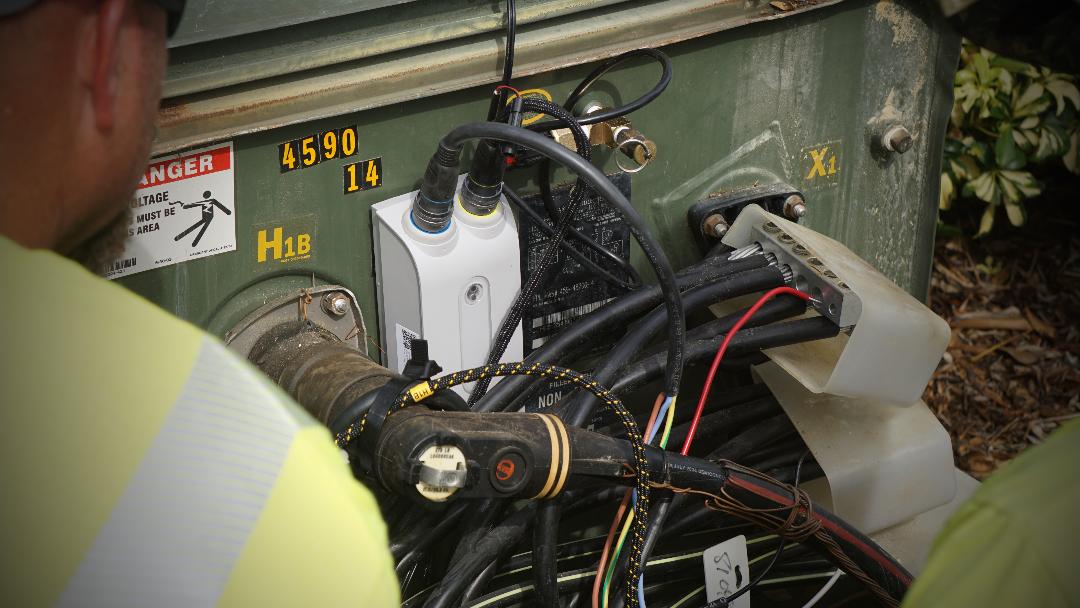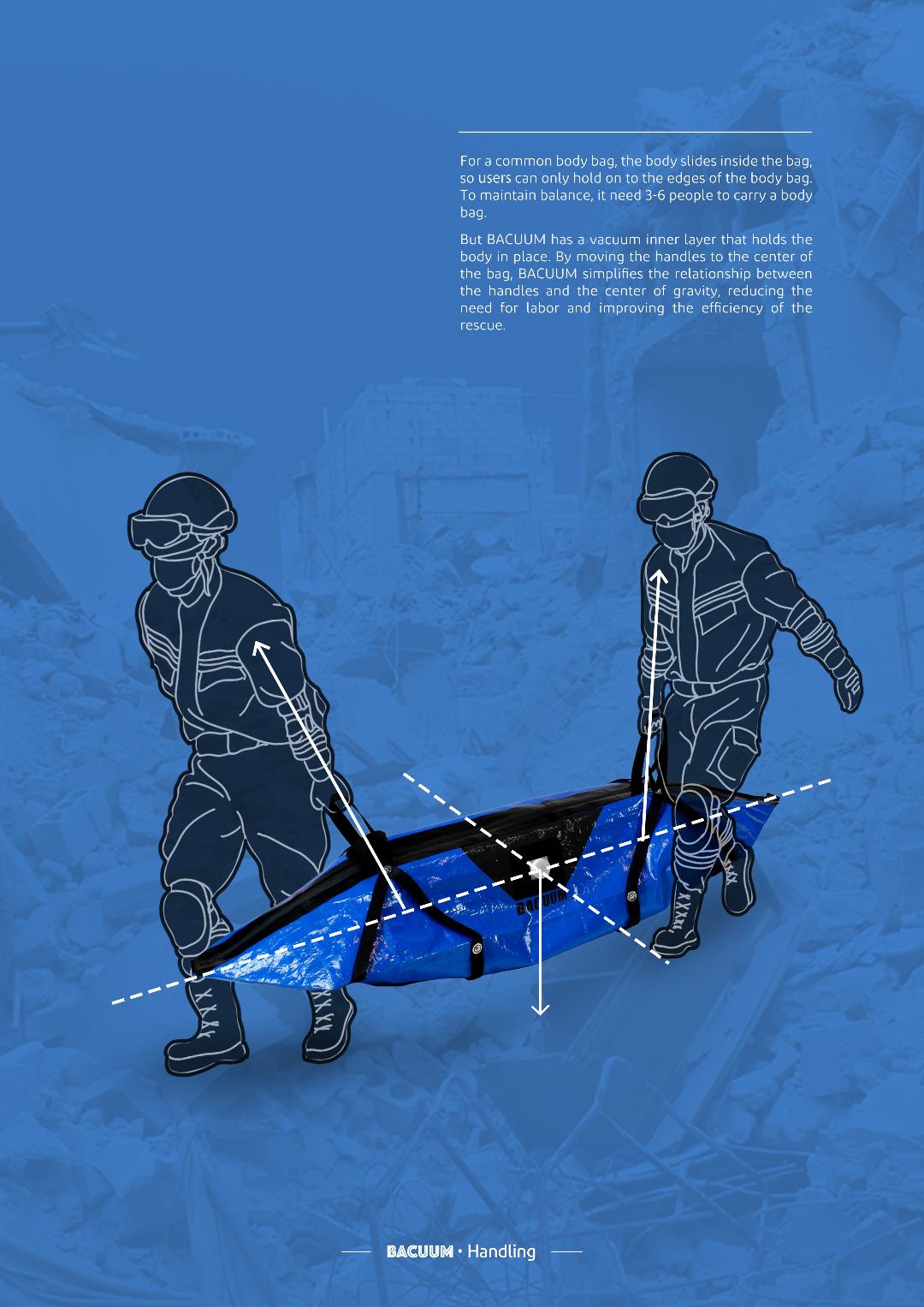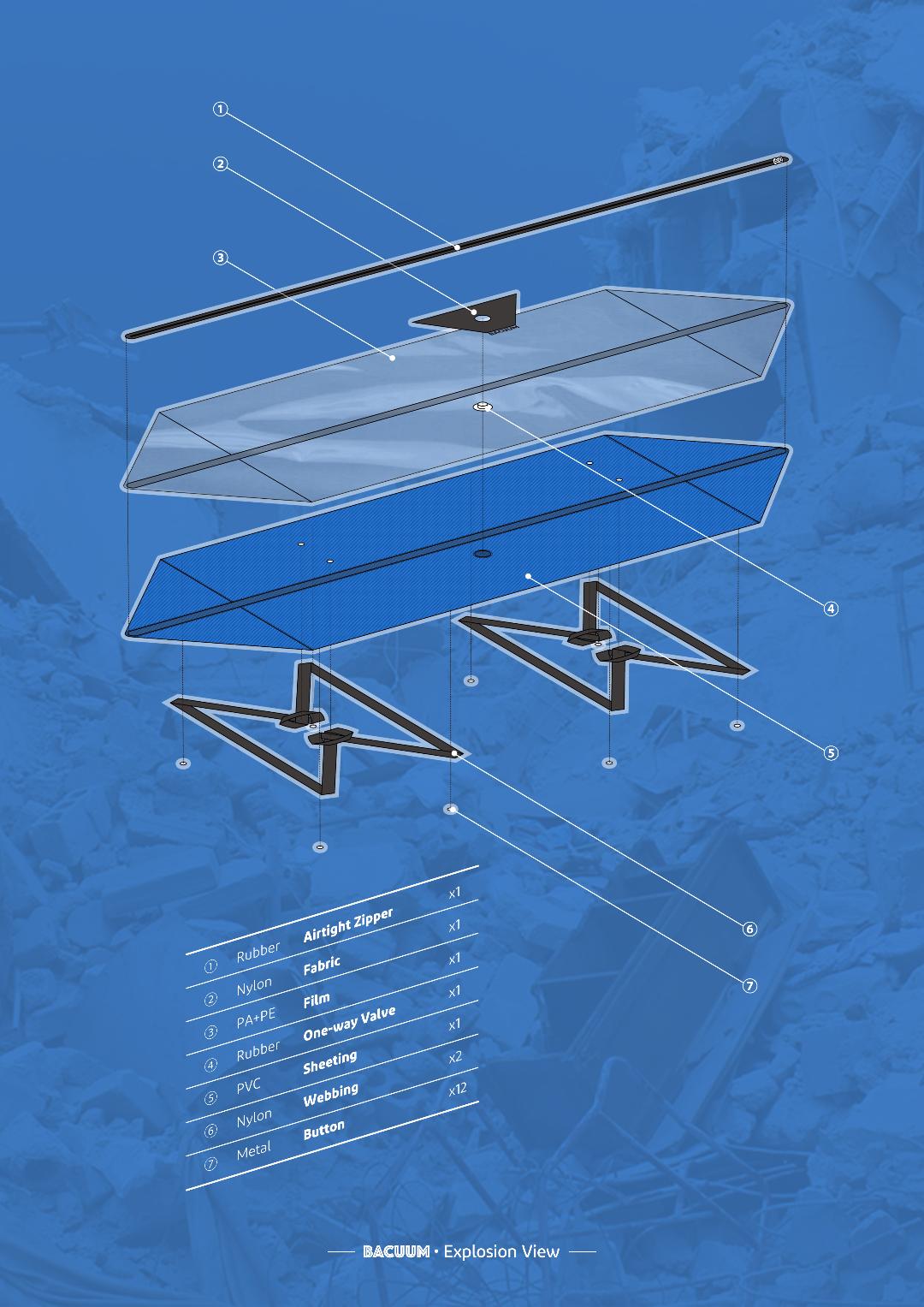Designs Meet Needs Created by Natural Disasters

Tracking innovations for calamities from faster restoration of power outages to better body bags
IDEA 2023: Part six of a series
 Natural disasters are all too common these days and require extraordinary responses from numerous entities to deal with tragedy and to spur recovery and restoration. Two award-winning entries in the recent International Design Excellence Award (IDEA) competition tackled very different aspects of disaster response. The Industrial Designers Society of America (IDSA) honored these products at an Aug. 23 ceremony in New York.
Natural disasters are all too common these days and require extraordinary responses from numerous entities to deal with tragedy and to spur recovery and restoration. Two award-winning entries in the recent International Design Excellence Award (IDEA) competition tackled very different aspects of disaster response. The Industrial Designers Society of America (IDSA) honored these products at an Aug. 23 ceremony in New York.
Staying on the Grid
Ubicquia Inc., of Fort Lauderdale, Fla., earned a Silver IDEA for its UbiGrid DTM+, which it says “empowers utilities to actively monitor the grid in real time with instant notifications on transformer load, power state and condition.” (The product name stands for “Distribution Transformer Monitor + Oil Temperature and Pressure.”)
Claudio Ribeiro, the firm’s Chicago-based head of design, explained that all of the product’s materials and parts were driven by the need to survive the elements for extended periods of time as well as be in direct contact with a high-temperature transformer.

The Bacuum body bag was designed to slow the decomposition of human remains and make it possible for just two people to carry it.
“This led to the use of a UV-stable polycarbonate copolymer that provides high durability as well as long-lasting structural integrity,” he explained. “Additionally, all of the assembly hardware is stainless steel to endure any environmental conditions, including coastal salt and air. All of this, paired with strong neodymium magnets ensures the UbiGrid DTM+ can brave anything Mother Nature throws at it.”
Ubicquia says the device’s indicators, combined with critical analytics, allow for informed responses to disasters. Active predictive grid monitoring allows utilities to spot anomalies early and recover quickly when impacted by unforeseen events.
An Improved Body Bag
Meanwhile, three design students from Pratt Institute in New York—Xiner Zhang, Meghan Day and Haiwen Yang—earned Bronze IDEA honors for a very different type of product. They created Bacuum, a new type of two-layer body bag designed for disaster response.

Three Pratt Institute students leveraged polymer technology to help create an air-tight vacuum seal in the two-layer Bacuum body bag.
In their award entry, they noted that in a disaster involving many human remains, managing and moving the bodies can be challenging. Rapid decomposition can make identification impossible in as soon as four hours, and it takes three to six people to carry one body bag.
The current standard body bag is a single-layer, flexible rectangular envelope, typically with a zipper down the center and up to six handles on the corners and sides. This can be awkward to load and unload. Additionally, the standard body bag features a nylon zipper that is not airtight, which can accelerate decomposition.
Their response was to design Bacuum with an inner layer made of a water- and air-tight nylon/polyethylene barrier film with a one-way umbrella valve and airtight zipper to slow decay. It also uses PVC sheeting and rubber on the zipper and valve. The vacuum sealing process adds rigidity to aid in carrying the body. The outer layer is opaque, to preserve privacy, with two central handles for easy carrying.
The product’s inner and outer layers are shaped like elongated hexagons, reducing the loss of accessible area to simplify loading and unloading. A vacuum-sealed inner layer protects the remains from oxygen, lengthening the preservation window.
The target users for Bacuum are emergency response teams who specialize in disaster response. Two central handles on the outer layer wrap around the bag to create optional side handles. This allows just two people to carry the bag if desired, while also accommodating additional carriers as needed.
View other IDEA 2023 stories in this series:
* Opinion Column (8/21/23): The Importance of Design
* Part 1 (8/23/23): Top honors go to Polyformer
* Part 2 (8/24/23): Retinal Camera and Digital Crop Sensor Win IDEAs
* Part 3 (8/25/23): Yamaha Hits the Right Notes with Molded Wind Instrument
* Part 4 (8/29/23): HP Leverages Recycled Materials in its Latest Monitor
* Part 5 (8/31/23): Avive’s New AED Redesigns Response to Cardiac Arrest
